Sainsbury’s is closing its drinks website at the end of the month, with the official explanation that customers prefer to buy their wine and Champagne along with the rest of their weekly shop on the main grocery site.
It may say more about Sainsbury’s business model than it does about the state of online drinks retailing. Internet drinks sales in the UK are booming, and are now worth £700m a year, according to market intelligence firm IMRG Capgemini. They account for 5.6% of the off-trade market, with some predicting they will reach 10% and now supply almost 8% of Majestic’s UK turnover, while Tesco.com and the Tesco Wine Club are reporting 38% year-on-year growth, and Virgin Wines is claiming 46%.
So did Sainsbury’s get its formula wrong, or was it unlucky?
A look at the surge in industry-wide online wine sales and you could argue a case for both. The timing of its market entry didn’t help, says Steve Barton, director of First Cape supplier, Brand Phoenix. “Sainsbury’s was a smaller entity,” he says. “Tesco got in early and the size of its operation is such that it probably had the economies of scale to be better.”
And bigger and better it is. While Tesco’s Wine Club has 520,000 opt-in members who have access to a magazine (“the largest wine specialist publication in the world”), a fine wine offering, food matching tips and more than 120 exclusives a year, the Sainsbury’s site always looked pedestrian and off the pace: does anyone really need to shop online for the ubiquitous Blossom Hill or Three Barrels?
Despite its best efforts, Sainsbury’s has never quite cracked specialist online wine retailing. Its Destination Wine joint venture with Oddbins was launched in 2001, selling wine on the web and through a catalogue, amid predictions that 12% of wine sales would be online by 2005. The project never really got off the starting blocks, possibly because cases were pre-selected, and was canned the following year.
Online wine retailing is increasingly about sourcing wines that may not be available in your local Sainsbury’s, Threshers or Asda – which is where the resurgent independent sector has a trump card to play. Research by Off Licence News shows 56% of independent wine merchants have transactional websites that provide useful additional revenue and, in a few cases, the main revenue stream.
One of the more successful of these, Peter Rehberg of Hailsham Cellars in East Sussex, runs the Winedirect website. “It really has exploded – it’s unbelievable,” he says. “The website cost £100,000-plus to start and needs a full-time person to update it every day. We run it separately from the shop. This year we will do about £2.5m to £3m of business and our plan is to get to £8m or £9m by 2009.”
Mainstream grocery retailers don’t have interesting wines, Rehberg says bluntly. “They’re appealing to 80% of the population who want to spend no more than £9 a bottle. On our website, bottle prices are really £12-plus,” he says.
Hailsham Cellars also has its own site, aimed at lower-spending customers so Rehberg knows a thing or two about websites. Even if you have got something less mainstream to offer, it can be hard. “For the first three or four years of Winedirect we were losing money,” he admits. “We did it as a hobby but now it is standing on its own.”
Buying the Winedirect domain name in 2000 proved a successful investment for Rehberg. The seller may yet regret the deal.
And who was the seller?
J Sainsbury plc.
It may say more about Sainsbury’s business model than it does about the state of online drinks retailing. Internet drinks sales in the UK are booming, and are now worth £700m a year, according to market intelligence firm IMRG Capgemini. They account for 5.6% of the off-trade market, with some predicting they will reach 10% and now supply almost 8% of Majestic’s UK turnover, while Tesco.com and the Tesco Wine Club are reporting 38% year-on-year growth, and Virgin Wines is claiming 46%.
So did Sainsbury’s get its formula wrong, or was it unlucky?
A look at the surge in industry-wide online wine sales and you could argue a case for both. The timing of its market entry didn’t help, says Steve Barton, director of First Cape supplier, Brand Phoenix. “Sainsbury’s was a smaller entity,” he says. “Tesco got in early and the size of its operation is such that it probably had the economies of scale to be better.”
And bigger and better it is. While Tesco’s Wine Club has 520,000 opt-in members who have access to a magazine (“the largest wine specialist publication in the world”), a fine wine offering, food matching tips and more than 120 exclusives a year, the Sainsbury’s site always looked pedestrian and off the pace: does anyone really need to shop online for the ubiquitous Blossom Hill or Three Barrels?
Despite its best efforts, Sainsbury’s has never quite cracked specialist online wine retailing. Its Destination Wine joint venture with Oddbins was launched in 2001, selling wine on the web and through a catalogue, amid predictions that 12% of wine sales would be online by 2005. The project never really got off the starting blocks, possibly because cases were pre-selected, and was canned the following year.
Online wine retailing is increasingly about sourcing wines that may not be available in your local Sainsbury’s, Threshers or Asda – which is where the resurgent independent sector has a trump card to play. Research by Off Licence News shows 56% of independent wine merchants have transactional websites that provide useful additional revenue and, in a few cases, the main revenue stream.
One of the more successful of these, Peter Rehberg of Hailsham Cellars in East Sussex, runs the Winedirect website. “It really has exploded – it’s unbelievable,” he says. “The website cost £100,000-plus to start and needs a full-time person to update it every day. We run it separately from the shop. This year we will do about £2.5m to £3m of business and our plan is to get to £8m or £9m by 2009.”
Mainstream grocery retailers don’t have interesting wines, Rehberg says bluntly. “They’re appealing to 80% of the population who want to spend no more than £9 a bottle. On our website, bottle prices are really £12-plus,” he says.
Hailsham Cellars also has its own site, aimed at lower-spending customers so Rehberg knows a thing or two about websites. Even if you have got something less mainstream to offer, it can be hard. “For the first three or four years of Winedirect we were losing money,” he admits. “We did it as a hobby but now it is standing on its own.”
Buying the Winedirect domain name in 2000 proved a successful investment for Rehberg. The seller may yet regret the deal.
And who was the seller?
J Sainsbury plc.



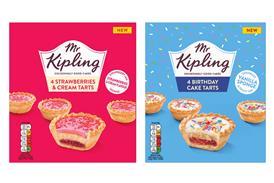






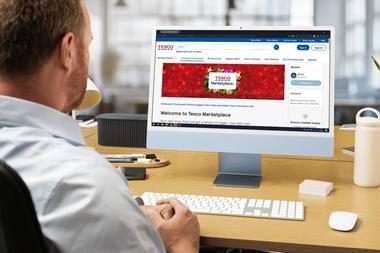



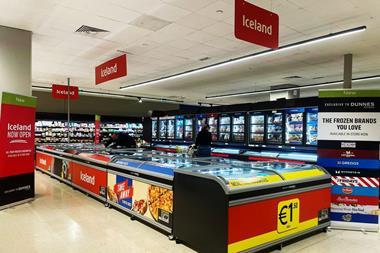


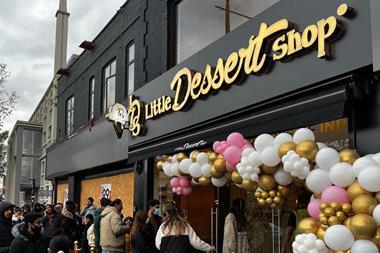
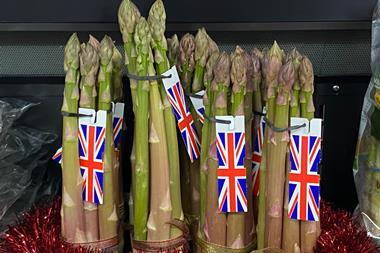
No comments yet